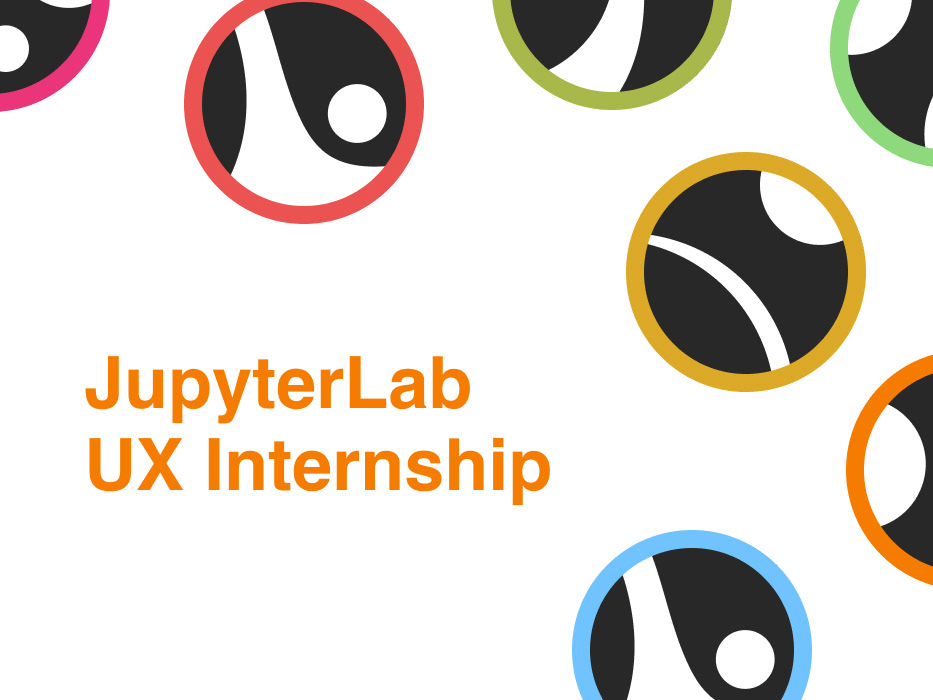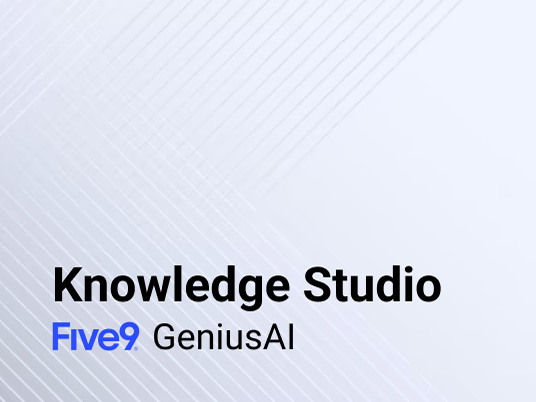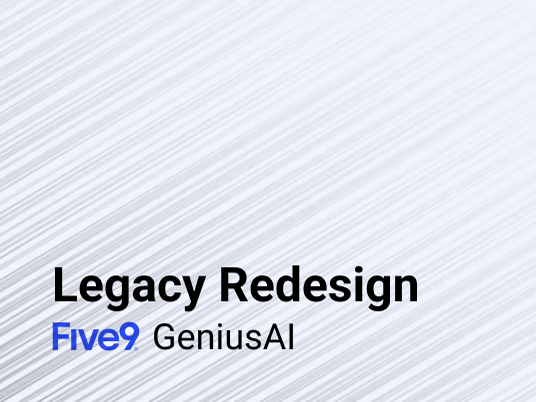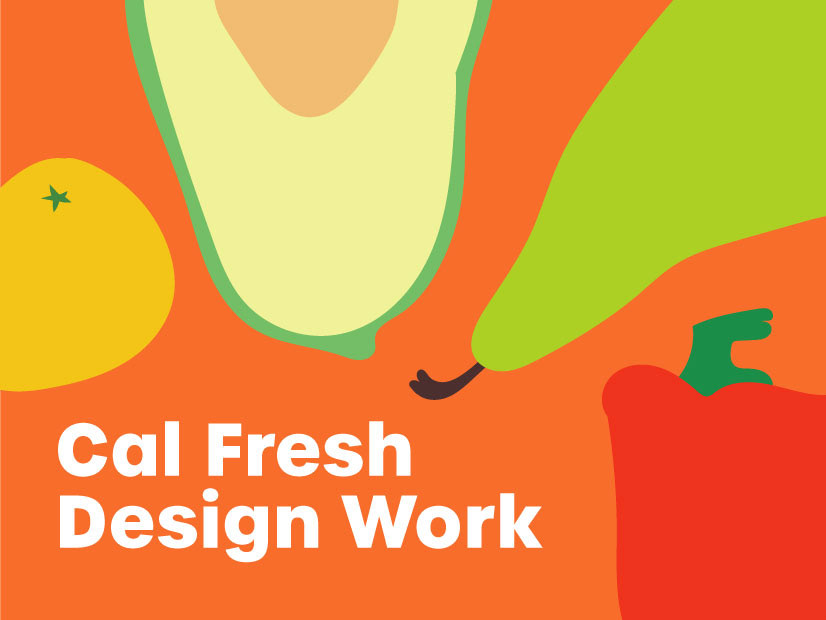Following the successful redesign of Five9’s legacy AI assistant, the company pivoted to focus entirely on generative AI. With the rapid emergence of tools like ChatGPT, Five9 needed a unique, enterprise-grade solution that could seamlessly integrate generative AI into contact center workflows. This led to the creation of GenAI Studio, a platform-agnostic prompt service designed to power diverse experiences across Five9’s ecosystem.
As the UX Designer, I was responsible for shaping the user experience from the ground up, with a focus on three core objectives:
1. Guide new users through crafting effective prompts without requiring technical expertise.
2. Empower advanced users to take full advantage of LLM capabilities.
3.Seamlessly blend GenAI tools with customer-specific data and workflows.
2. Empower advanced users to take full advantage of LLM capabilities.
3.Seamlessly blend GenAI tools with customer-specific data and workflows.
User Research and Key Findings
Through extensive interviews with early adopters, internal solution engineers, and enterprise customers, we identified several recurring challenges:
Prompting Intimidation: New users struggled with where to start—unsure how to phrase prompts or understand how their data would interact with the AI.
Lack of Transparency: Users didn’t know what system-level prompts were running in the background, making it difficult to trust or refine results.
Data Disconnect: Customers wanted generative AI to feel personalized and context-aware, but were frustrated by unclear data integration flows.
Power User Bottlenecks: Advanced users lacked the tools to test, tweak, and scale complex prompts, limiting the platform’s long-term potential.
Design Solution:
To directly address these insights, I led a series of UX initiatives that shaped the foundation of GenAI Studio:
Barrier-Free Prompt Testing: Removed unnecessary configuration steps so users could start testing prompts with their own data immediately. This gave new users a sense of instant value and confidence.
Exposed System Prompts: Made prebuilt, system-level prompts visible in the UI to demystify backend processes. This gave users clear examples of effective prompt structures and empowered them to iterate more effectively.
Model-Agnostic Architecture: Worked closely with engineering to design a model-agnostic backend, enabling support for multiple LLM providers. This future-proofed the experience and gave enterprise users flexibility based on their regulatory or performance needs.
Strategic Feature Roadmap: Developed a long-term UX vision focused on iterative value delivery—balancing fast wins with deep customization options. This included HIPAA-compliant prompt modes, industry-specific templates, and deeper analytics support.
Results:
Winner of UC Today’s Most Innovative Product Award
GenAI Studio was recognized for its cutting-edge functionality and user-centered design.
GenAI Studio was recognized for its cutting-edge functionality and user-centered design.
📈 +15% Increase in AI Tooling Attach Rates
A clearer, more accessible user experience drove greater adoption during sales cycles.
A clearer, more accessible user experience drove greater adoption during sales cycles.
💬 Positive Feedback from Beta Users
Users praised the balance of simplicity and power—especially the ability to see and build on system prompts.
Users praised the balance of simplicity and power—especially the ability to see and build on system prompts.
🔐 Support for Regulated Use Cases
The customizable, model-agnostic design enabled secure deployments in industries like healthcare, boosting enrollment and opening new market segments.
The customizable, model-agnostic design enabled secure deployments in industries like healthcare, boosting enrollment and opening new market segments.
Demo video was made in collaboration with the marketing team.







